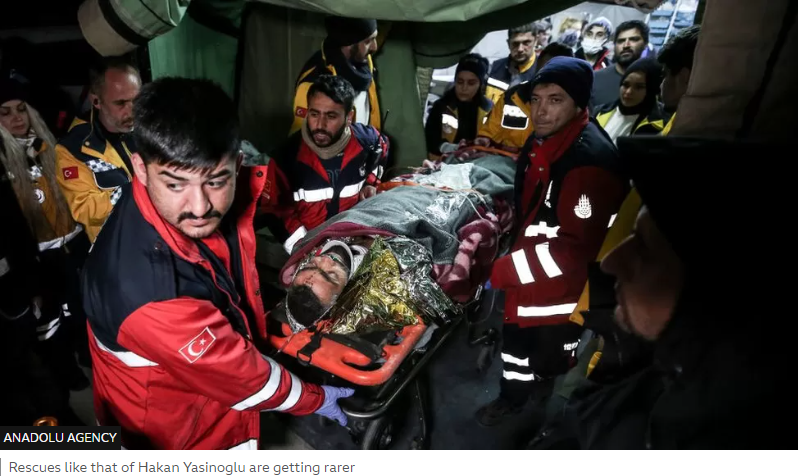In the wake of the recent earthquake disaster in Turkey-Syria, where several individuals were trapped under debris for 11 grueling days, the urgency of effective disaster preparedness strategies cannot be stressed enough. As cities expand and populations rise, the likelihood of widespread damage and loss of life due to natural disasters continues to increase. Disaster preparedness is the proactive measure we can all take to save lives, preserve livelihoods, and protect property.
According to BBC News, Hakan Yasinoglu, Osman Halebiye, and Mustafa Avci, were trapped for 278 hours under rubble in Hatay province. It is evident that their dramatic rescues underscore the need for comprehensive disaster preparedness. Without trained emergency response personnel and pre-existing safety protocols, these individuals might not have been rescued.
At Crisis Intel, disaster preparedness refers to measures taken to prepare for and reduce the effects of disasters. This can be achieved through risk assessment, emergency planning, education and training, and resource allocation. It is also about effectively managing the aftermath, ensuring that recovery happens in a timely and efficient manner. This includes providing physical and psychological support to survivors, like connecting Avci to his newborn child via a video call while he was on a stretcher.
In Turkey’-Syria case, this earthquake has illustrated the critical importance of seismic safety measures in construction, especially in areas prone to earthquakes. Building codes need to be robust, and enforcement of such standards needs to be stringent. Similarly, existing structures should be assessed for their ability to withstand an earthquake, and retrofitting should be undertaken wherever necessary.
Public education is another crucial component of disaster preparedness. Individuals need to know what actions to take during and after an earthquake to increase their chances of survival. This includes understanding where to take cover during the earthquake, and how to remain safe during aftershocks. This event also highlights the importance of emergency response training. Efficient and well-coordinated rescue operations can make the difference between life and death for those trapped under rubble. Specialized training and equipment are vital to ensuring rescue workers can work safely and effectively.
In closing, the recent earthquake in Turkey serves as a stark reminder of the unpredictability and destructive power of natural disasters. However, it also underscores the profound difference that effective disaster preparedness can make. As our cities and populations continue to grow, we must prioritize the implementation and continual improvement of these life-saving measures.

